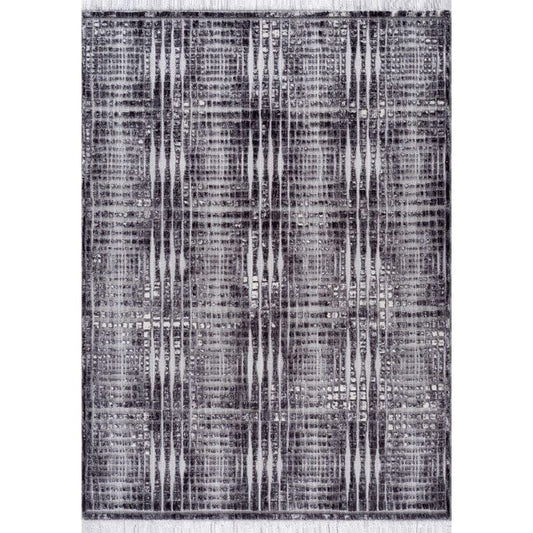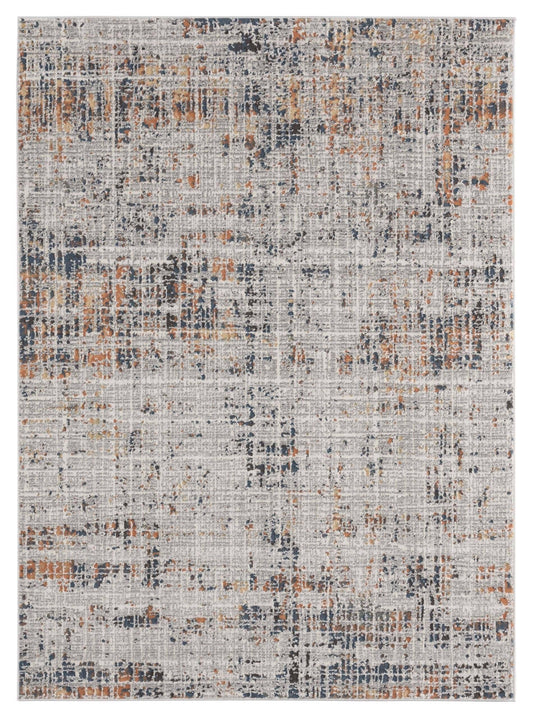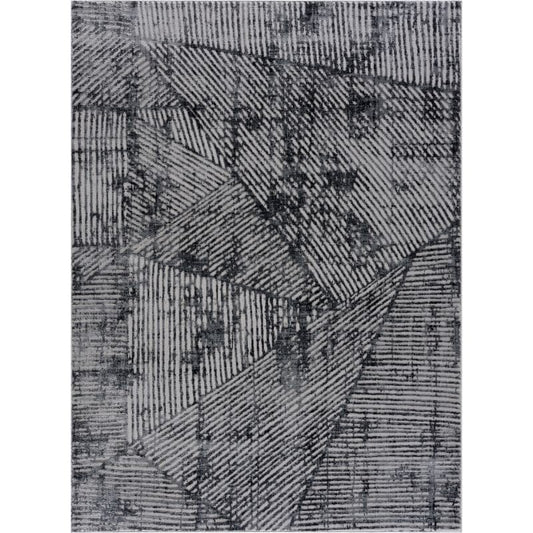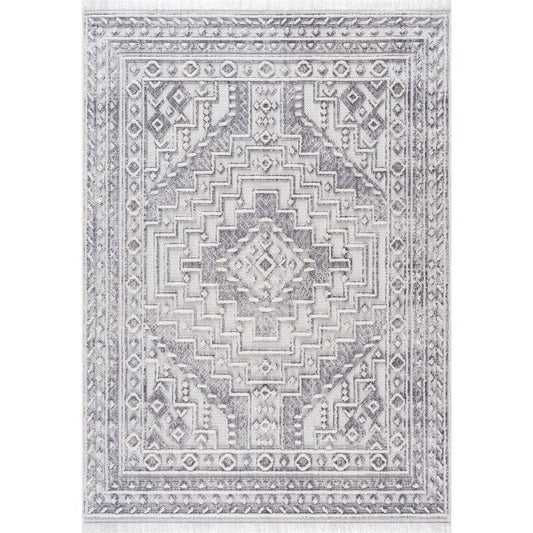When was carpet invented? This intriguing question invites us to delve into the rich history of carpet flooring and explore the origins of this ubiquitous floor covering.
It uses carpets that date back centuries, with a tapestry of cultural influences shaping its invention and evolution.
In this blog post, we will journey through time, uncovering the secrets behind the invention of the carpet, its early uses in homes, and the captivating world of the modern carpet industry.
So, let us embark on this voyage of discovery as we unravel the fascinating story behind the creation of carpets.
When Was Carpet First Used in Homes?
Ancient Beginnings in Persia: A Symphony of Craftsmanship
Carpet weaving, an artistry rooted in meticulous craftsmanship, is believed to have originated in ancient Persia around 500 BC. The Persians, renowned for their mastery of fine arts, bestowed upon the world a legacy of exquisite carpets. These early carpets were meticulously hand-woven by skilled artisans using natural fibers such as wool and silk. Every knot, every thread was a testament to the Persian commitment to perfection. Vibrant colors, intricate patterns, and mesmerizing motifs adorned the carpets, reflecting the cultural tapestry of the Persian people.
Oriental Influences in Asia: Weaving a Tapestry of Splendor
The art of carpet weaving journeyed beyond the borders of Persia, finding fertile ground in various Asian countries. In ancient China, carpet making can be traced back to the Han Dynasty (206 BC - 220 AD). Chinese carpets, infused with a delicate grace, showcased intricate designs imbued with symbolism and cultural significance. These masterpieces of textile artistry wove tales of tradition and spirituality. Meanwhile, the looms hummed with creativity in the opulent courts of the Mughal Empire in India. Indian carpets, adorned with splendid floral patterns and intricate borders, became prized possessions cherished for their beauty and craftsmanship.
European Renaissance and Carpet Imports: Unveiling the East
The European Renaissance heralded an era of exploration and cultural exchange. As trade routes expanded, the allure of Oriental carpets captivated the hearts of nobles and royalty. These opulent floor coverings, imported from the East, symbolized prestige and luxury. Graceful motifs, lustrous hues, and unparalleled craftsmanship adorned the floors of castles, palaces, and grand estates. European society fell under these woven wonders, igniting enthusiasm for carpeted floors that would leave an indelible mark on interior design.
Industrial Revolution and Carpet Manufacturing: A Revolution Underfoot
The advent of the Industrial Revolution in the late 18th century transformed the landscape of carpet manufacturing. The power loom, an invention that harnessed the might of machinery, revolutionized the production process. Mechanization ushered in an era of accelerated carpet making, making it more accessible to the burgeoning middle class. With the dawning of the 20th century came the birth of synthetic fibers, such as nylon and polyester, which further propelled the carpet industry forward. These modern materials offered enhanced durability, stain resistance, and broader design possibilities, captivating homeowners worldwide.
Carpet Today: Innovation and Sustainability: Weaving the Future
The modern carpet industry thrives on innovation and sustainability. Manufacturers tirelessly strive to create carpets that marry aesthetic appeal with eco-consciousness. Carpet tiles have gained popularity with their versatility and ease of installation. Advancements in stain-resistant technologies and the utilization of recycled materials have elevated carpets' durability and environmental friendliness. Today, carpets span a vast array of styles, patterns, and textures, catering to homeowners' diverse tastes and needs. It is a testament to the enduring allure of carpet flooring that continues to enchant us, enveloping our homes in warmth and comfort.
The Carpet Industry Today
Types of Carpets: Unveiling the Plush Palette
In the contemporary carpet landscape, many carpet types await the discerning homeowner. Cut pile, loop pile, and cut-loop pile reign supreme, each with unique attributes. With their luxuriously twisted fibers standing upright, cut pile carpets beckon us to sink our toes into their plush embrace. On the other hand, loop pile carpets offer a more textured aesthetic, their woven loops creating a visual symphony of depth. For those who seek the best of both worlds, cut-loop pile carpets seamlessly blend the grace of cut pile with the intrigue of loop pile, offering a versatile and visually captivating choice.
Carpet Fibers: Threads of Durability and Beauty
Choosing carpet fibers is pivotal in determining a carpet's performance and longevity. Wool, a natural fiber with inherent softness and resilience, remains highly regarded for its exceptional quality. It delights the senses, bestowing us a tactile experience that is both comforting and luxurious. Synthetic fibers, such as nylon and polyester, have emerged as formidable contenders, offering durability, stain resistance, and a wider palette of color options. Polyester, with its remarkable color retention and the ability to be crafted from recycled materials, embraces sustainability without compromising style. Other popular carpet fibers, including olefin and acrylic, cater to many tastes and requirements, each with unique advantages and considerations.
Carpet Installation and Maintenance: The Art of Preservation
Proper installation and maintenance are vital to preserving the beauty and longevity of carpets. Meticulous attention to detail during installation ensures a flawless fit and minimizes issues such as wrinkles or loose edges. Regular vacuuming, accompanied by periodic deep cleaning, is essential to banish dirt, allergens, and stains, thus safeguarding our carpets' freshness and hygienic environment. The judicious use of furniture pads and strategically placed area rugs protect high-traffic areas, effectively minimizing wear and tear.
Carpet Trends and Design: A Symphony of Style
Carpet design trends are an ever-evolving reflection of shifting tastes in interior design. In the contemporary realm, a growing interest in natural and sustainable materials has given rise to carpets crafted from organic fibers, honoring our desire for an eco-friendly lifestyle. Neutral tones and subtle patterns emerge as timeless favorites, harmonizing with various interior styles. For the bold and adventurous, vibrant colors create a captivating statement, injecting energy and personality into contemporary spaces. Texture and layering add depth and visual interest, infusing a room with tactile indulgence.
The Future of Carpet Flooring: Unveiling Tomorrow's Wonders
As technology advances at an astonishing pace, the future of carpet flooring holds exciting promise. Innovations such as smart carpets embedded with sensors and connectivity features may revolutionize how we interact with our living spaces. These future carpets will respond to our touch, catering to our needs and preferences, transforming our homes into intelligent sanctuaries. Furthermore, ongoing research and development are dedicated to enhancing the sustainability of carpet manufacturing, forging a path toward reduced environmental impact, and promoting eco-friendly practices. The carpet of tomorrow will enchant our senses and honor our commitment to a greener, more sustainable world.
Conclusion
So, when was carpet invented? The origins of carpet flooring trace back thousands of years, rooted in the ancient weaving traditions of Persia. From the regal courts of Asia to the opulent palaces of Europe, carpets have woven themselves into the tapestry of human history. Today, the carpet industry is a testament to human ingenuity and craftsmanship, offering an expansive array of carpet types, fibers, and design options to suit every discerning homeowner.
Whether we seek the soft embrace of natural wool or the durability of modern synthetic fibers, a carpet exists waiting to transform our living spaces into havens of comfort and style. As we traverse the intricate patterns of carpet history, we unveil a world of wonder and creativity, where threads intertwine to create beauty beneath our feet.
So, step onto the lush landscape of carpet flooring, and let your home be enveloped in the artistry and elegance that only carpets can provide.
FAQs
When did carpeting first appear in homes?
Carpeting first appeared in homes around 500 BC in ancient Persia, modern-day Iran.
When was the contemporary carpet made?
Contemporary carpets emerged during the Industrial Revolution in the late 18th century, with advancements in power loom technology revolutionizing carpet manufacturing.
When was wall-to-wall carpeting first formed?
As we know it today, wall-to-wall carpeting became popular in the mid-20th century, particularly after World War II, as manufacturing techniques improved and homeowners sought a more seamless and integrated flooring solution.
In the 1800s, did they have carpet?
Yes, carpets were available in the 1800s. However, they were predominantly hand-woven and primarily owned by the wealthy and privileged. Carpet manufacturing underwent significant advancements during the Industrial Revolution, making carpets more accessible to the middle class.















